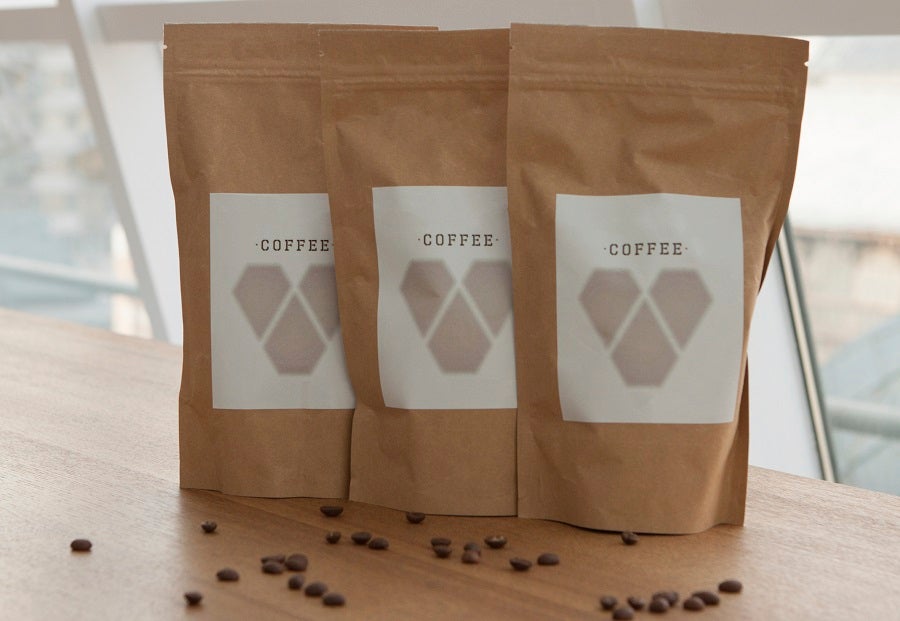Label Specification SOPs: A Must-Read
admin admin | Jan 17, 2019

When it comes to packaging, labels are pertinent to transparency in terms of ownership, contents, and legal purposes. Here are the things that you should know about how packages should be labelled and the best practices for product packaging information:
Why is there a need for labels?
For packages, it is implied that there is a transfer from one person or location to another – and proper documentation is needed for both the transport and the actual transfer to proceed. Especially for factories, package labels are necessary to differentiate one product from the rest.
What can be indicated in labels?
There are so much information that one can include in packaging labels such as:
- Name
- Product inside (amount, size, weight etc.)
- Batch number
- Expiry date
- Storage conditions (and precautions if necessary)
- Directions for use
- Company/manufacturer’s name and address
These are just some of the relevant entries typically found on product packaging labels. There are different labelling requirements for every product; what is important is that the information should be clear (especially with instructions pertaining to proper use/care). The marking materials used should be readable and should not fade nor be easily erased, as some products are meant for storage initially or for extended periods of time.
What are specifications?
These are different from labels, as they contain information stating compliance of the packaged product with a quality standard. Some examples are:
‘Authorised’, ‘approved’, ‘signed’ and ‘dated’
- Raw, packaging materials and finished products: include tests on identity, content, purity, quality
- Intermediates and bulk
- Water, solvents and reagents
Quality control and/or quality assurance documentation
For these, you may utilise printed label tapes that already contain specifications such as ‘urgent’, ‘fragile’ or ‘this way up’, and make sure that the material can withstand fading and tearing from packages.
In what other ways can you protect your labels?
We do not have control over packages in transport. It’s possible for labels to be torn away or the ink to smear (or in some extreme cases, to be completely erased) when exposed to elements like sun and rain. Protect these using self-adhesive doculopes which can stick to all kinds of materials and surfaces.
For boxed packages as bulk delivery, you can use pallet shrink bags that keep boxes together and are quick and easy to use. Also, you may also use pallet top covers, guaranteed to add protection against dust and rain that can destroy labels.
Labels add integrity to your packages, prevent them from getting lost and serve as your legal protection. This is why it’s important to ensure that all materials you use for your labels and package protection are durable and long-lasting.
Browse through our list of markings and packaging products that ensure that your labels and packages are protected at all times! See our website here.







